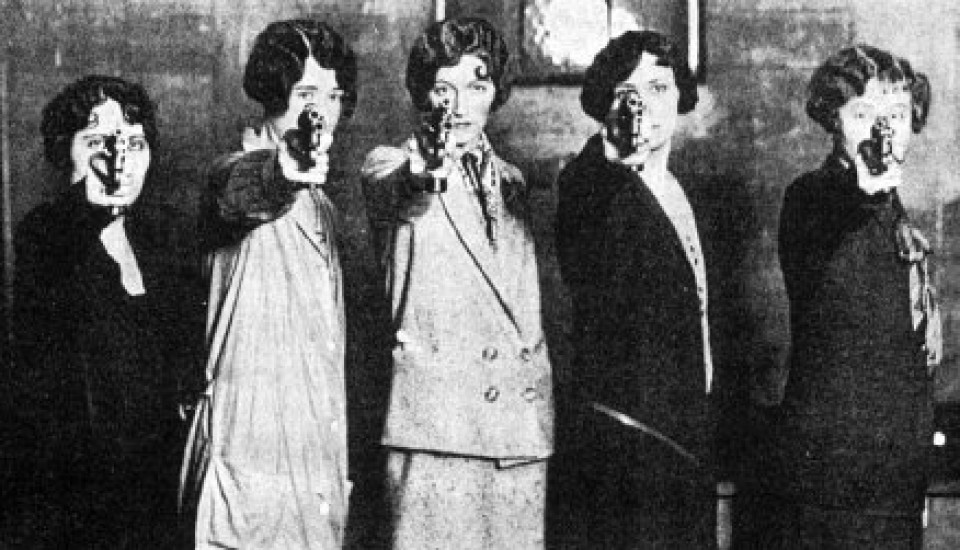Tags
Reposted from 2012 – because this is so important.
This is an excerpt from personal defense solutions by Dr. Bruce Elmer
Let’s examine what Ayoob teaches about the circumstances that justify the use of deadly force:
As civilians our only obligation and right is to keep ourselves and our families from being unlawfully injured or killed. We may only use equal force in response to the application of force against us. If we are not innocent of provoking a confrontation, or we are not being immediately threatened with deadly force, we cannot use deadly force in response. This is unlike the obligation of a sworn police officer who may use necessary force to fulfill his or her duties, such as seeking out and arresting malefactors.
Ayoob teaches a formula for determining the circumstances under which we would be justified in employing deadly force. The formula is both simple and yet complex. Deadly force is justified when you are confronted with “an immediate and otherwise unavoidable danger of death or grave bodily harm” to either yourself or other innocents, whose innocence and situation you are totally certain about. You can’t intervene with deadly force in a situation you come upon without knowing what’s really happening. Don’t make assumptions based on what seems to be happening. The danger must be clear and present, immediate and unavoidable. This formula is based on English Common Law and Dutch/Roman Law, and it applies in all fifty states. It is determined by three criteria which can be remembered by the acronym A.O.J. Think “Administration Of Justice”. The situation must meet all three criteria.
A = Ability. The person deemed to be a threat must possess the ability or power to kill or maim.
O = Opportunity. The person deemed to be a threat must be capable of immediately employing his power to kill or maim.
J = Jeopardy. This means that the person deemed to be a threat must be acting in such a manner that a reasonable and prudent person would conclude beyond doubt that his intent is to kill or cripple.
All of the above are judged by the doctrine of the “reasonable man”. That is, what would a reasonable and prudent person have done in that situation knowing what the defendant knew at the time? After the fact information is inadmissible into the equation. Your defense of self-defense is affirmative if you knew all of the above at the time you employed deadly force.
